Looking after our parks during lockdown
This post is greater than 6 months old - links may be broken or out of date. Proceed with caution!
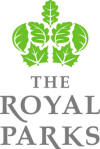
By Tom Jarvis, Director of Parks, The Royal Parks
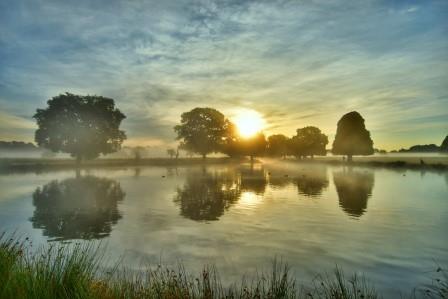
When lockdown started, everything else stopped. Meeting friends for a Sunday roast became a thing of the past, gyms closed their doors and restaurants stopped serving.
Parks became one of the few leisure activities city dwellers could enjoy as a family and parks welcomed unprecedented numbers of visitors throughout the pandemic - even during the cold winter months. Green spaces offered vital refuges, providing a place to walk, jog, run, play and engage with nature - or quite simply enjoy the peaceful surroundings and make time for quiet reflection.
According to Public Health England, the pandemic negatively affected mental health. Levels of mental distress such as anxiety, depression and stress had increased by 8.1% by the end of March and early April 2020, compared with 2017-2019. In particular, adults with low household income or socioeconomic position, who had been more adversely affected by the coronavirus crisis, reported greater levels of anxiety and uncertainty.
But encouragingly almost two thirds (59%) of the UK adult population surveyed found that going for a walk outside helped them cope with stress caused by the pandemic, and half of UK adults visited green space to help them cope according to The Mental Health Foundation.
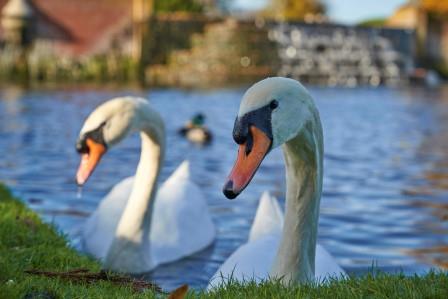
Put simply, the parks offered a lifeline during a time of uncertainty. Getting some fresh air and taking a walk outside provided a way to help people stay physically and mentally healthy.
During these unprecedented times London’s eight Royal Parks remained open and free for everyone who needed them. The Royal Parks staff who worked throughout to keep the parks clean and safe have been overwhelmed by messages of gratitude from visitors. People have shared their photographs and special memories of their daily visits and have emailed and phoned the charity’s staff to share what they’ve seen or heard.
But looking after the parks came with challenges. Early on the charity was very worried about having to close completely. Initially the parks had to reduce the number of facilities available in order to follow the government guidelines, and had to embrace social distancing to keep the parks open and safe for staff and visitors. During the first lockdown we closed cafes and toilets and stopped our sports activities. Staff worked from home where they could, and essential frontline staff staggered their operational hours.
We had to pause our volunteering programmes and education programmes. But rather than pause services completely, instead, we used the opportunity to create a multitude of online learning resources that helped people to enjoy the natural environment near their homes, for example creating activity guides such as ‘how to transform a balcony into an allotment’.
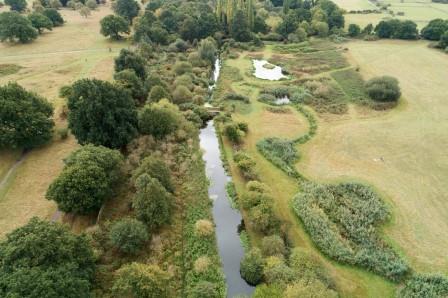
When people couldn’t visit the parks, the charity brought the parks into people’s homes through its social media platforms so people could enjoy the beauty of the parks even if they were shielding. We created original content such as a stunning 90 - second film taken via drone footage of the closed Isabella Plantation in Richmond Park that showcased the vivid pinks, purples and reds of the azaleas and rhododendrons in full bloom.
And for locals who were able to leave their homes and could come to the parks, we provided free downloadable nature trails to help people get the most out of their visit.
However, while we welcomed the increase in visitors to the parks, the upturn in footfall took its toll on the fabric of the parks, especially over the winter months when the ground was muddy.
The greater number of visitors, especially over the wetter months, increased wear and tear on the park environment and a greater number of people social distancing by venturing into new areas of the parks risked harming wildlife.
It was crucial to highlight this impact to the public. We reminded people to care for the parks and to respect the wildlife on their visit by following simple measures such as sticking to paths where requested to help reduce the damage to muddy ground.
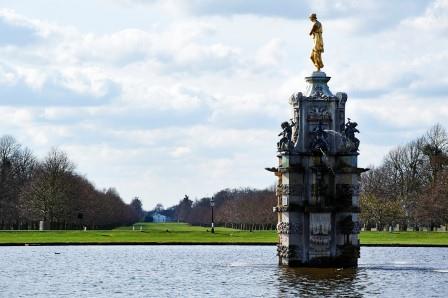
For example, we asked visitors to keep to signposted areas to protect skylarks which nest in acid grassland locations. These birds are in decline nationally - with only 18 pairs attempting to breed in Richmond Park in 2020 - and the nests can be destroyed if trodden on by accident.
Richmond Park has 400,000 anthills, some of which are up to 150 years old and are host to millions of yellow meadow ants. When its muddy and people use these mounds as stepping stones it can damage these habitats.
We reminded visitors not to feed the deer which are wild and unpredictable animals following a resurgence of deer feeding by the public during lockdown. By feeding the deer, the animals become accustomed to approaching humans for food which is dangerous for all visitors.
But one of the greatest challenges the charity faced was the increase in littering.
During the lockdown our staff worked flat out to keep the parks clean. We want to thank all visitors who used the bins, or took litter home. Litter is harmful for wildlife which are attracted to picnic scraps and can accidently eat plastic bags and packaging along with the food.
As lockdown restrictions ease we hope that normality will return soon. But we will continue to remain flexible in order to adapt to the latest government guidance to keep the parks safe and beautiful for everyone to enjoy.
The Royal Parks have been here for centuries and seen Londoners through a number of crisis – during the Great Plague of London in 1665-6 many sought refuge in The Royal Parks for fresh air. The parks offered a haven during the last global pandemic in 1918-20 – Spanish flu. And once again they have been here for us all throughout the coronavirus pandemic. They will continue to be here for whoever needs them.
More from The Royal Parks